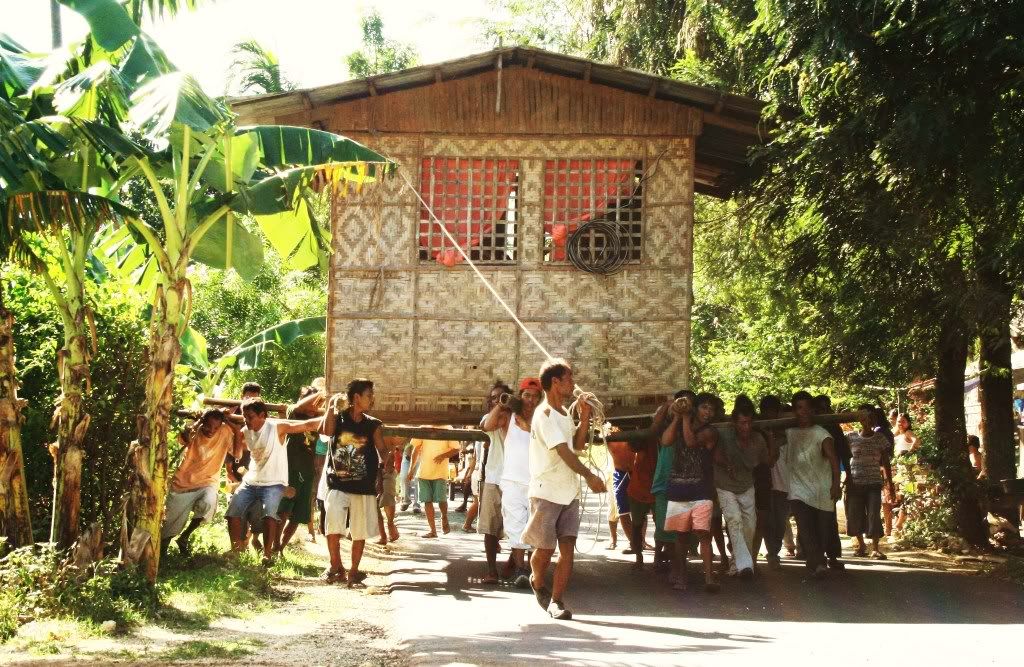This blog post is in response to the following question:
In this lesson I say that it should be clear that the discourse on nationalism is also about ethnicity and ideologies of “race.” If you trace the historical overview of nationalism in Canada in the CanLit guide, you will find many examples of state legislation and policies that excluded and discriminated against certain peoples based on ideas about racial inferiority and capacities to assimilate. – and in turn, state legislation and policies that worked to try to rectify early policies of exclusion and racial discrimination. As the guide points out, the nation is an imagined community, whereas the state is a “governed group of people.” For this blog assignment, I would like you to research and summarize one of the state or governing activities, such as The Royal Proclamation 1763, the Indian Act 1876, Immigration Act 1910, or the Multiculturalism Act 1989 – you choose the legislation or policy or commission you find most interesting. Write a blog about your findings and in your conclusion comment on whether or not your findings support Coleman’s argument about the project of white civility.
The Indian Act of 1876 has been a key document in the history of the Canadian government’s legislative attitude towards First Nations people. After it came into effect, indigenous people living within the boundaries of Canada were considered legal wards (children) of the state and were treated as such. They were no longer permitted to self-govern, and a great many restrictions were placed on their freedom (if one could say that they had any freedom after the Act). According to “The Indian Act of Canada: Origins,” these “restrictions ranged from rules about how they would elect leaders to how their children would be educated and how their estates would be dealt with after death.” The Indian Act was aimed at assimilation, and it considered all the native people of Canada to be minors until such point as they could be considered “white” according to the statues laid out in the policy.
Some key points of Canada’s Indian Act were:
– Indigenous people were restricted to the reserves set aside for them, and could only leave if they were carrying an identity card (which functioned something like a passport).
– They were not permitted to sell or consume alcohol, and could be legally punished if found intoxicated.
– Even the reserve lands on which they lived belonged to the Crown, and the resources found on these lands (like forests) as well as under them (like minerals) belonged to and could be harvested by the Canadian government.
– If an aboriginal woman married a white man, she would lose her status and all that went along with it. If a white woman married a native man, she was considered an Indian and would gain any associated benefits.
– All Metis persons were considered white.
– Representatives of the Canadian government could depose First Nations chiefs and were to be present at all band meetings.
The Indian Act, which was passed without any consultation with First Nations people, is completely congruent with Daniel Coleman’s conception of white civility as outlined in Professor Paterson’s most recent lesson. It is clear that the perspective on First Nations people which led to the Act was that they are not level-headed, capable adult human beings unless/until they conform to the notion of white civility. The government felt that the First Nations had to be “civilized” via assimilation, and that until they were, they needed to be managed by those who “knew what was best” for them (in the same sense in which a parent says they know what is best for their child). Being led by their own decision-makers, then, imbibing alcohol, and even owning their own resources were all things of which aboriginal peoples were legislated incapable; and the consideration of all Metis people as white meant that the government was essentially “breeding” indigenous peoples out of Canada. Finally, requiring native people to stay on their reserves and to carry identity cards if they left them showed that they were being looked on as savage and unpredictable. This perhaps forms the cornerstone of the evidence that the Indian Act of 1876 was all about the idea of native peoples as wild and of British whites as civilized. Unfortunately, racism in Canada has come a very short way in the last 150 years.
Works Cited
Canada. The Indian Act, 1876. Canada, 1876. Aboriginal Affairs and Northern Development Canada. Web. 26 Feb. 2015. <https://www.aadnc-aandc.gc.ca/eng/1100100010252/1100100010254>
Gilmore, Scott. “Canada’s Racism Problem? It’s Even Worse Than America’s.” Maclean’s. Roger’s Media, 22 Jan. 2015. Web. 25 Feb. 2015. <http://www.macleans.ca/news/canada/out-of-sight-out-of-mind-2/>
Paterson, Erika. “Lesson 3.1.” ENGL 470A Canadian Studies: Canadian Literary Genres – 99C Jan 2015. UBC Blogs, n.d. Web. 25 Feb. 2015. <http://bit.ly/1Fzcd1m>
“The Indian Act of Canada: Origins.” Canada’s First Peoples. Goldi Productions Ltd, 2007. Web. 25 Feb. 2015. <http://firstpeoplesofcanada.com/fp_treaties/john_fp33_indianact.html>

Recent Comments